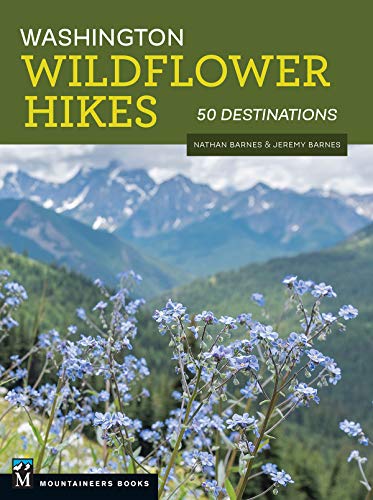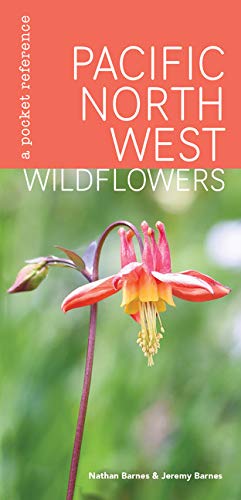Cedar Butte Trail
This quiet alternative to nearby Rattlesnake Ledge offers limited views and a healthy dose of history.
Total Distance: 3.5 miles
Total Ascent: 900ft
Highest Point: 1880ft
Total Ascent: 900ft
Highest Point: 1880ft
Take I-90 to Exit 32, take a right onto 436th St, following it over the Snoqualmie River for about three miles to the Rattlesnake Recreation Area. Drive past initial signs to Rattlesnake Lake and find the signed Cedar Falls Trailhead ahead on the left. View Google Directions >>
The trail begins from the Cedar Falls Trailhead, one of many popular entrances access points along the John Wayne Pioneer Trail. Stroll down the reclaimed railbed for about a half mile to find the signed trailhead on the right, a few hundred yards after crossing a bridge over Boxley Creek. Head up into the trees following the contours of the butte as you climb lazy switchbacks and navigate sections of level ground and patches of steepness. While the trail is easy to follow, small arrows and the occasional signpost help point the way. After a half mile or so, reach a trail junction giving you the option of heading out to the Boxley Blowout or continuing straight up to the summit. Opting for the Blowout adds about a mile to the day, but it reconnects with the main trail, and is well worth the added effort. Either way you'll enjoy glimpses of Rattlesnake Lake and the surrounding treetops and once you reach the 1880’ summit, you'll be rewarded with limited views to Mailbox Peak, Rattlesnake Ledge and Mount Si.
History
Back in the 1900s, Seattle's water needs were rapidly expanding. In what became something of a scandal at the time, as apparently Seattle forged ahead on the planned Masonry Reservoir despite a number of surveys stating that the site chosen was not suitable for the project. They proved correct in 1918 when the resvior failed, spilling millions of cubic yards of earth and water downstream that inundated and ultimately destroyed the fledgling town of Edgewick. Today a wide swath of deciduous trees cutting through the surrounding evergreen forest is lingering evidence of the disaster.
Similar Difficulty
Similar Features












